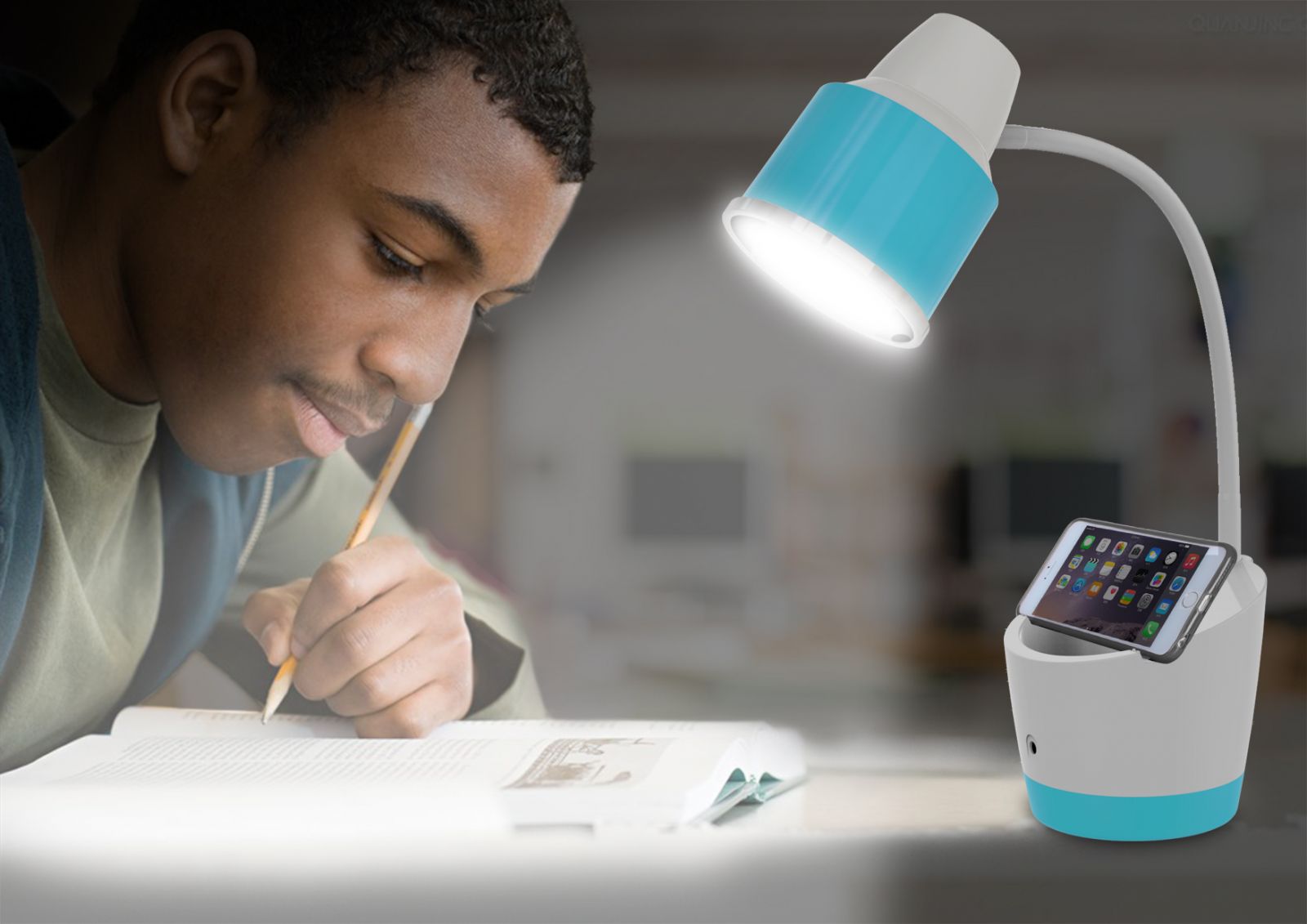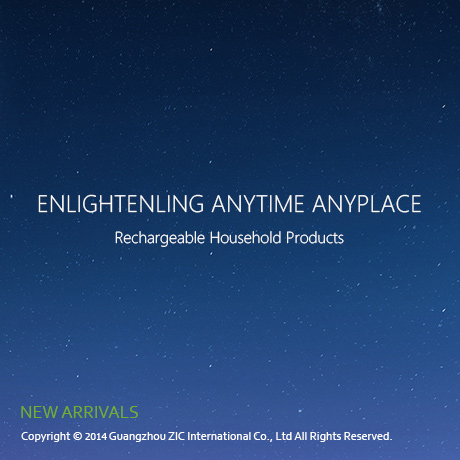PRODUCT CENTER

NEW ARRIVALS
You need to be verified before viewing the new arrivals. Please contact us freely for the account No. and password.

You need to be verified before viewing the new arrivals. Please contact us freely for the account No. and password.
What kind of Factors driving the development of the intelligent lighting market(PART I)
sourcing:阿拉丁商城
Introduction: there are three main advantages that are driving the adoption of connected lighting: convenience, intelligence and data analysis.
In this white paper, we will explore the fast-growing smart lighting market and examine some of the drivers that drive consumer automation toward home automation.
We will also explore the specific design challenges associated with wireless lighting connectivity and how developers can use the latest technology to meet growing demand.
Rethinking the bulb
About 140 years ago, Thomas Edison applied for the first patent on "Improvement in Electric Lights", which described the use of carbon filaments as a conductor of incandescent lamps to limit heat generation so that the lamps can be continuously illuminated for long periods of time. At that time, the main design problem was how to prevent the prototype from burning. Today, lighting is almost taken for granted, and there has obviously been a huge change.
One of the most groundbreaking advances in lighting in the 140 years after Edison's major achievements was the invention of LEDs. Today's LEDs, especially interconnected LEDs, come with some additional features such as color selection. In addition, LEDs emit more lumens per unit watt than traditional incandescent bulbs, significantly reducing energy consumption. The energy efficiency of LEDs is also unaffected by size. However, due to connectivity requirements, all such controls bring new levels of complexity to the user.
Imagine going home from work, and the lights are turned on before you walk into your home. Or in the early morning, the bedroom lighting slowly wakes you up in an hour by gradually adjusting the color and brightness of the bedside lamp.
Today, although LED lighting is a global industry worth $30 billion, it has not yet crossed the gap and become mainstream lighting. Currently, the cost of color-connected light bulbs is about $50 per one, while the average American family has 40 lamp holders. Spending nearly $2,000 to buy a light bulb is not conducive to promotion for anyone, and may only be accepted by the most eager early adopters.
But prices have been falling. In 2014, the price of a standard LED bulb was $25, but now it is only $2. Falling prices create opportunities for suppliers to differentiate.

For more latest news and promotion, please leave your E-mail address.
Your Email
You need to be verified before viewing the new arrivals. Please contact us freely for the account No. and password.